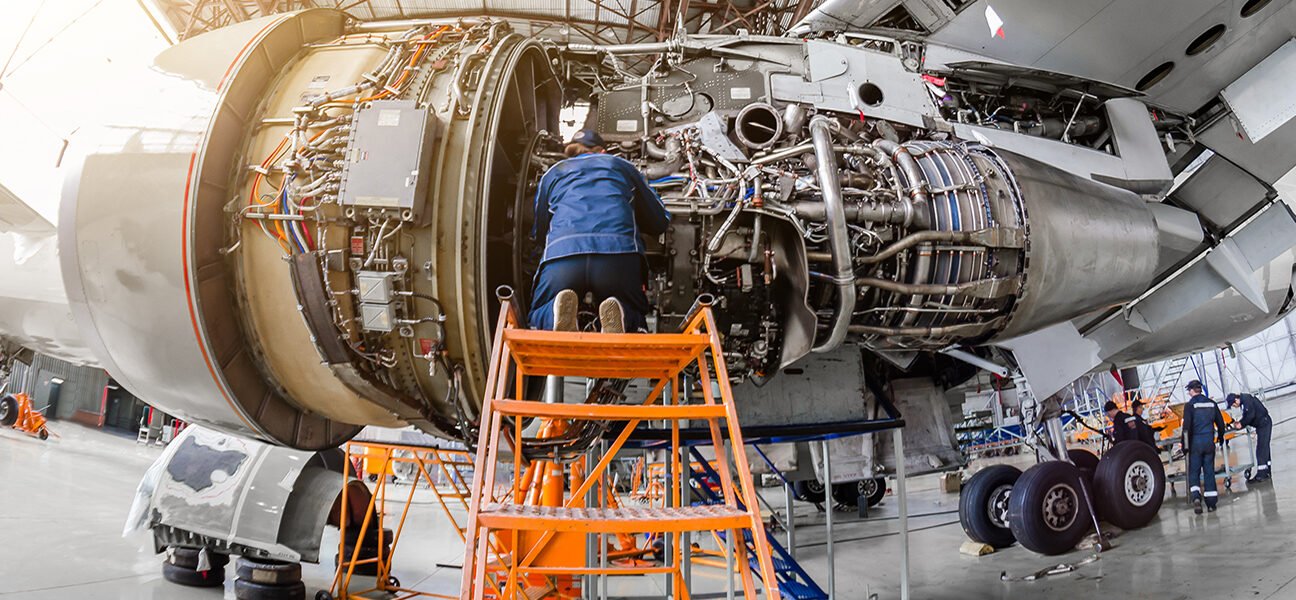Aeronautical engineering is a highly complex and interdisciplinary field that demands expertise in various components, from aerodynamics to propulsion and avionics. However, if there is one component that stands out as the most crucial for every aeronautical engineer to master, it is the airfoil. The airfoil, which forms the cross-sectional shape of wings, blades, and control surfaces, is the foundation of flight and directly influences aircraft performance, efficiency, and safety.
This article explores the significance of the airfoil, its fundamental principles, design considerations, and the reasons why mastering it is essential for every aeronautical engineer.
Understanding the Airfoil and Its Importance
1. The Role of the Airfoil in Aerodynamics
An airfoil is designed to generate lift while minimizing drag, making it a key component in flight dynamics. It affects various aspects of an aircraft’s performance, including:
- Lift generation: The shape of the airfoil determines how air moves over the surface, creating the necessary lift to counteract gravity.
- Drag reduction: Efficient airfoil designs reduce aerodynamic drag, improving fuel efficiency and speed.
- Control and maneuverability: Control surfaces like ailerons, elevators, and rudders rely on airfoil principles to achieve smooth and responsive flight control.
2. Key Principles Governing Airfoil Performance
To design and analyze airfoils effectively, engineers must understand fundamental aerodynamic principles, such as:
- Bernoulli’s Principle: Describes how faster-moving air over the curved upper surface of the airfoil results in lower pressure, generating lift.
- Newton’s Third Law: The downward deflection of air by the airfoil generates an equal and opposite reaction, contributing to lift.
- Angle of Attack (AoA): The angle between the airfoil’s chord line and the oncoming airflow significantly impacts lift and stall behavior.
- Reynolds Number: Determines airflow characteristics over the airfoil, influencing laminar and turbulent flow regions.
Essential Airfoil Design Considerations
1. Shape and Profile Selection
Different airfoil shapes cater to various flight requirements:
- Symmetrical Airfoils: Used in acrobatic and supersonic aircraft where equal lift generation on both sides is necessary.
- Cambered Airfoils: Found in commercial airliners and subsonic aircraft to maximize lift and efficiency.
- Supercritical Airfoils: Designed for transonic speeds to minimize shockwave formation and drag.
2. Lift-to-Drag Ratio Optimization
The efficiency of an airfoil is measured by its lift-to-drag (L/D) ratio. Engineers must optimize airfoil design to enhance fuel efficiency, reduce structural stress, and improve overall performance.
3. Structural Considerations
Airfoils must be designed to withstand aerodynamic forces, ensuring durability and reliability. Engineers analyze factors such as material selection, load distribution, and aerodynamic heating effects.
Why Mastering Airfoil Design is Essential for Aeronautical Engineers
1. Foundation of Flight Mechanics
A thorough understanding of airfoil dynamics is fundamental to aircraft design, making it a crucial skill for engineers working in aerodynamics, propulsion, and stability analysis.
2. Direct Impact on Aircraft Performance
Every aspect of an aircraft’s efficiency, from fuel consumption to maneuverability, hinges on airfoil optimization. Engineers who master airfoil design contribute to better-performing and more sustainable aircraft.
3. Cross-Disciplinary Applications
Airfoil principles extend beyond aircraft wings to helicopter rotors, turbine blades, and even drones. Engineers with expertise in airfoil dynamics have broader career opportunities in aerospace and related industries.
4. Advancements in Future Aviation Technologies
Emerging aviation technologies, such as electric aircraft and hypersonic flight, rely on advanced airfoil designs. Engineers equipped with deep knowledge of airfoil dynamics will lead innovation in the field.
Conclusion
Among the many crucial components in aeronautical engineering, the airfoil remains the most important for engineers to master. Its role in lift generation, drag reduction, and overall aircraft performance makes it indispensable in aircraft design and operation. Mastering airfoil principles enables engineers to enhance efficiency, innovate future technologies, and contribute to the advancement of aviation.
By developing expertise in airfoil design and aerodynamics, aeronautical engineers can create safer, more efficient, and cutting-edge aircraft for the future.
